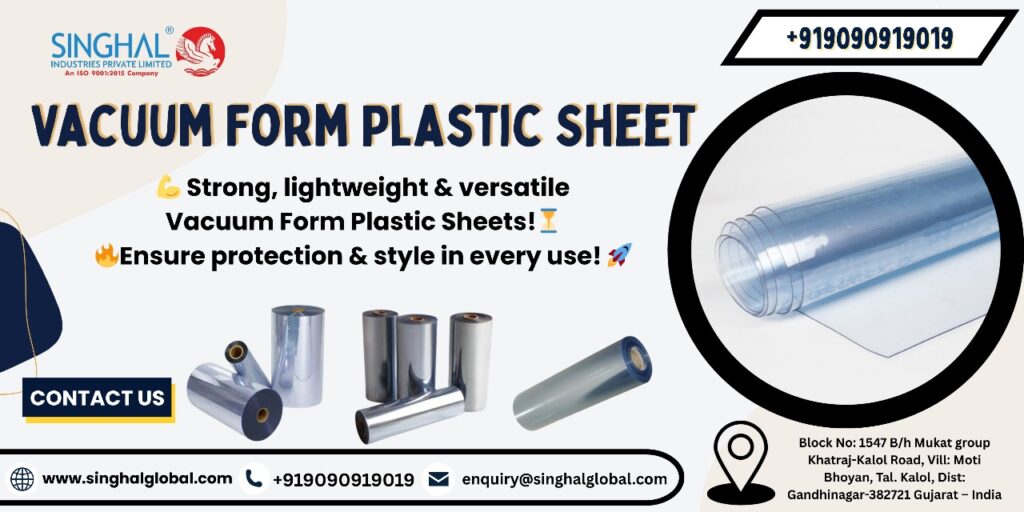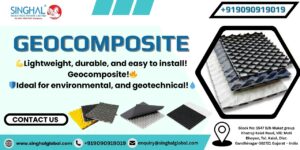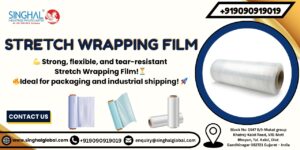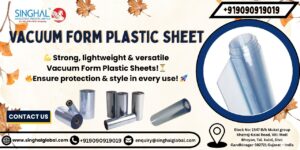In today’s healthcare industry precision is the most important thing. It doesn’t matter if it’s a life-saving device or diagnostic instrument, the safety of medical devices depends not just on the components inside them, but also on how they’re safeguarded. Form sheets made of vacuum are one of the least-known heroes of the world of medical manufacturing.
A lot of times, they are used to construct housings, enclosures, panels, and enclosures of equipment found in laboratories, hospitals and clinics, the Vacuum form plastic sheets are a clever economical, affordable, and flexible option that is ideal for OEMs (Original Equipment Makers). With the increasing demands for safety, quality and hygiene in the healthcare industry and other fields, the importance of vacuum-forming sheets of plastic has never been more crucial.
What Are Vacuum Form Sheets?
The vacuum forming manufacturing process involves heating a sheet of plastic to a pliable making temperature, shaping it in the form of a mold by using a vacuum and then cooling it to take an exact-designed form. The result? The result? Lightweight, yet robust components which are used extensively to make enclosures, panels or protective coverings.
They are available in a variety of polymers like ABS PETG PC (polycarbonate) and even antimicrobial varieties. They’re made using Vacuum forming machine plastic sheets, which are customized to meet the specifications of medical devices.
What are the Reasons Medical Manufacturers Choose Vacuum Form Sheets?
Medical equipment isn’t only complicated; it also requires aesthetics along with strict sterilization procedures and user-friendliness. These are the sheets that must be checked for all boxes.
1. Custom Designs for Any Shape or Size
Medical devices are available in a variety of sizes and shapes, from hand-held pulse oximeters to huge imaging equipment. Utilizing vacuum forming, designers can create complex designs that feature sleek curves, precise apertures, and user-friendly curves. It’s like giving plastic personality, but without the cost of tooling that comes with injection molding.
2.Lightweight and Yet Protective
As compared to more heavy plastic parts, vacuum-forming plastic sheets are light and therefore more convenient to carry and install. This is particularly important for hospitals where speed and mobility are essential. Nurses in Delhi, for instance, could have to maneuver an instrument trolley multiple times per day. A more compact housing can decrease fatigue and make moving equipment safer.
3.Cost-Effective at Every Stage
Let’s discuss numbers. For productions of small to medium runs, using vacuum forming is a lot more economical as compared to injection molding. Tooling is less expensive, maintenance is less complicated, and adjustments to the design aren’t breaking the budget. It is ideal for mid-sized and startup medical equipment companies in India seeking to balance costs and quality.
Real-Life Insight: A Diagnostic Lab’s Achievement Story
In Mumbai, a local medical diagnostics firm changed to vacuum-formed sheets of plastic for their test housings for equipment. Before this, they were using metal covers, which were heavy, susceptible to corrosion, and costly to make. Post-switch, not only did the device get lighter, however, the upgraded design also attracted buyers from hospitals. One technician even stated, “It’s amazing how a piece of plastic could make our equipment look modern and professional.” Value in emotions? Checked.
Material Choice is Important in Medical Spaces
For medical purposes, no ordinary material will suffice. Vacuum-form sheets can be constructed from materials that have FDA conformity with antimicrobial components. This reduces the spread of pathogens—a problem that has increased globally since the pandemic. For instance, vacuum-forming machine plastic sheets made of ABS or PETG have outstanding impact resistance. PC (polycarbonate) versions are strong and flame-resistant.
Commonly Used Applications in Healthcare
- Enclosures for portable diagnostic devices
- Covers to protect touchscreens
- Medical kits in trays
- Equipment for sterilization housing
- Dental tool organizers
- Wheelchair parts
- Patient monitor panels
From neonatal care units all the way to emergency response equipment, these sheets are all over the place, and the majority of people don’t realize they’re there.
Dispelling the Myths
Some believe that parts made of vacuum aren’t sturdy enough. This isn’t the case. If you choose the right material and the right thickness, these sheets can be as tough as the molded plastics. Many are worried about surface quality, but the latest technology in vacuum-forming can give elegant, smooth surfaces that are able to meet even the strictest requirements of cosmetics. If you’re still not sure, then ask yourself whether major medical brands employ them if they were not reliable?
Let’s Talk about Environment
Here’s the contradiction Vacuum forming plastic sheets, yet it can be more eco-conscious than other methods. How? It first reduces the waste of materials due to precise vacuum forming. The second benefit is that many vacuum-formed plastic sheets can be recycled. In addition, using light materials can reduce the energy used in transportation. Many manufacturers are now using recycled plastic sheets—great for business and good for the environment.
Conclusion
We live in a world that needs more efficiency, less weight, more efficiency and better health solutions. For healthcare professionals, it’s not just about preferences; they’re unaffordable. Vacuum-forming plastic sheets provide an uncommon blend of function and form, with some flexibility (literally as well as metaphorically) that other methods don’t have. If you’re a medical device start-up in Bengaluru or a reputable diagnostics manufacturer in Hyderabad, it’s worth having another look at vacuum form.
The efficiency, savings, and design options might provide you with the competitive edge you never knew you required. Sometimes, the difference between “good enough” and “excellent” is merely an unformed sheet.
Frequently Asked Questions (FAQs)
Q1. Are vacuum form sheets flexible or rigid?
PETG and ABS sheets with a thinner thickness are more flexible. On the other hand, ABS sheets that are thicker or more dense give strength and durability.
Q2. Where are sheets of vacuum most often employed?
In addition to medical devices, these are utilized in dashboards for cars, food containers, packaging inserts, as well as in aircraft interiors.
Q3. Is vacuum forming used for medical packages?
Yes, particularly for forming bags of blisters, sterilized trays, as well as compartments in diagnostic kits. The accuracy and cleanliness provided by vacuum forming are perfect for delicate items.
Q4. Are the sheets of vacuum formed appropriate for food packaging?
Absolutely, provided they are made from FDA-approved material such as PETG and HIPS. They are commonly used in containers for food, such as clamshells or display boxes.
Q5. Who is the largest exporter for Vacuum Form Plastic Sheets ?
While international brands dominate the market, India is rapidly emerging as a major source. Many manufacturers are now exporting form sheets for vacuum-filled PCs into the Middle East, Europe, and Southeast Asia.









